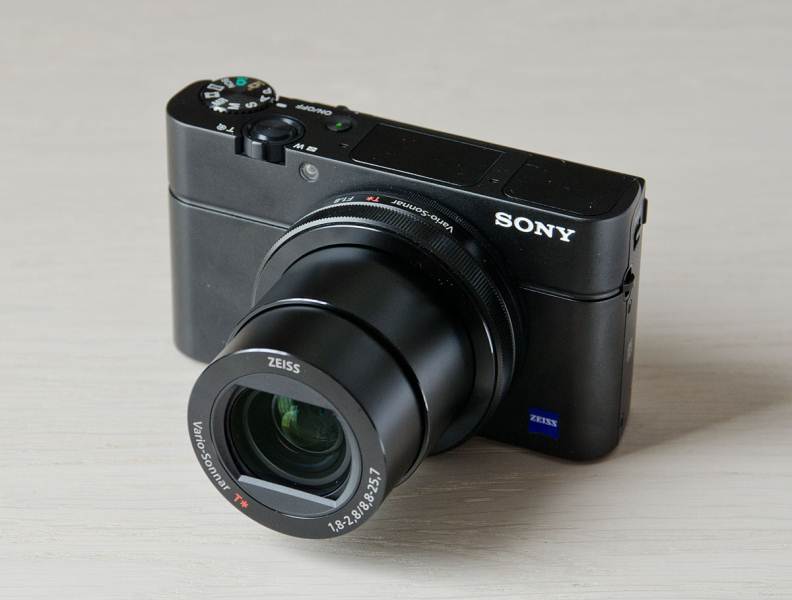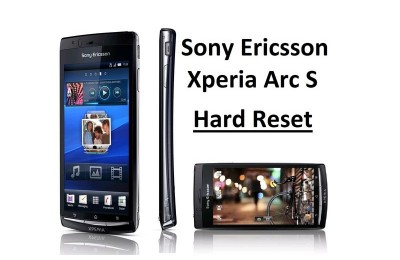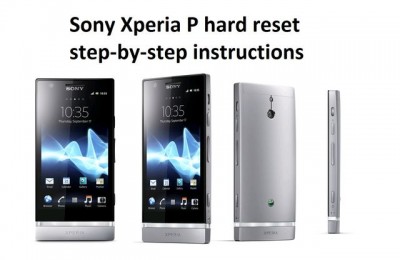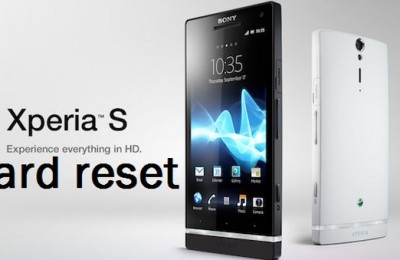After less than two days of using the camera Sony Cyber-shot RX100 III wrote down our first impressions. Paid particular attention to the differences between the new model of two older cousins. We invite you to read.
Sony Cyber-shot RX100 III is the third model in the line of advanced, compact pocket equipped with a 1-inch screen. As in previous cases, the new model does not displace the offer predecessors, but joins them and will be sold in parallel. In this way, Sony is in the lower-end pricing. First RX100 now costs about 1,700 zlotys second version around 2200 gold, and the latest 3500 respectively.
Each successive generation has compared to the previous increased opportunities, but also has a slightly larger enclosure. Differences between RX100 and RX 100 RX100 II and II and III RX100 are only a few millimeters (in the thickness) and are almost imperceptible at first contact, but the first statement of the latest RX100 RX100 III clearly would appear to change the size. It should be noted, however, that we still have to deal with a pocket camera that, in use, pregnancy does not significantly its owner.
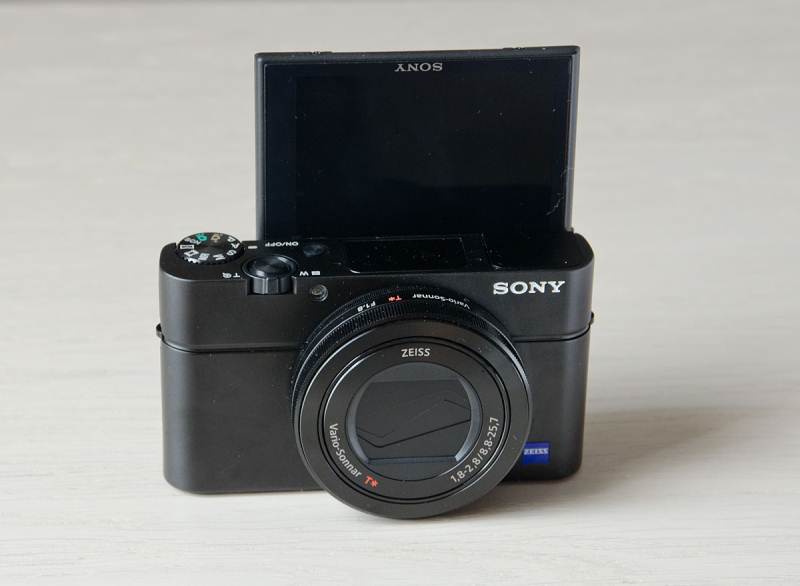
Design Sony Cyber-shot RX100 III
There are two important differences between the version “II” and “III”. The first is the lens. The design gives the range 28-100 millimeters (equivalent) and light f / 1,8-4,9 lens was replaced Zeiss Vario-Sonnar T * 24-70 mm f / 1.8-2.8. In practice, the difference between the focal length of 70 and 100 millimeters is not very significant (one way or another you must remember that it has to do rather with a short glass), but the change światłosiły is very appreciable. For a full assessment of the capabilities of the new glass will have to wait for the test. For now, we can divide the sample photographs and manufacturer declarations provided at the press conference – according to his agents significantly improved the sharpness in the corners of the frame. Resulted in a complex optical construction, in which the Japanese engineers used until nine aspherical elements (out of ten used together).
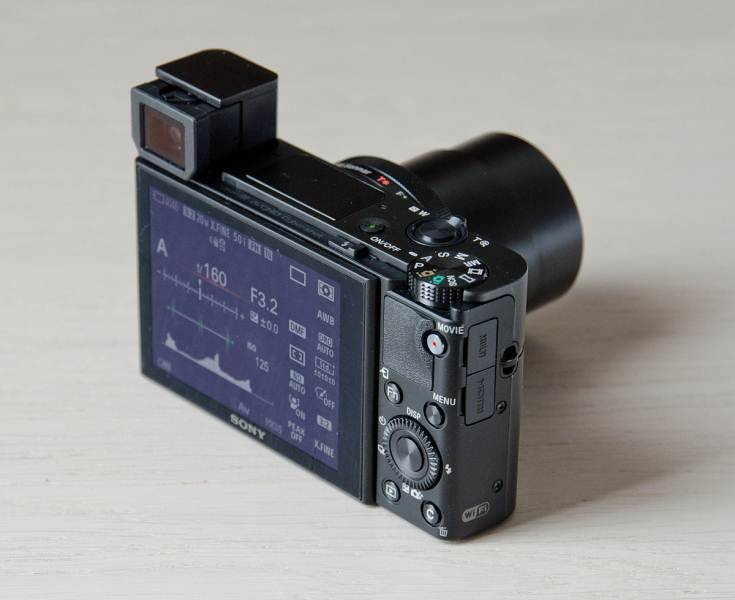
The second important novelty is built viewfinder. Although it seemed impossible, in a compact design typical RX100 series managed to fit OLED-head “Tru-Finder” with a resolution of 1.44 million dots. Virtually the entire left portion of the rear wall fills the LCD screen, which is why Sony decided to clever retractable visor inside the enclosure. Extends it like a flash. Unlock lifts the viewfinder (and simultaneously turn the camera once it has been turned off). Then, the photographer must still manually move the optical viewfinder of the matrix. This is not the peak of convenience, but it’s really hard to complain about seeing how little space they had designers. Sam viewfinder makes a good impression. Resolution is not a record, but suffice to very comfortable framing and evaluation of field. Much more important is the increased dynamics in the viewfinder. The RX100 III found a new, more efficient version of the processor Bionz. As a result, the camera is capable of displaying “live” with a working function DRO (which increases the dynamics).
Next to the viewfinder will fit even flash (with the possibility of deviation from the vertical burner), and ran the hot shoe, which was the RX100 II. At this point one has to assess himself – whether he would prefer a hot shoe, which could connect an external electronic viewfinder, but also the external flash or viewfinder built on a permanent basis. We focus on the solution of the RX100 III.
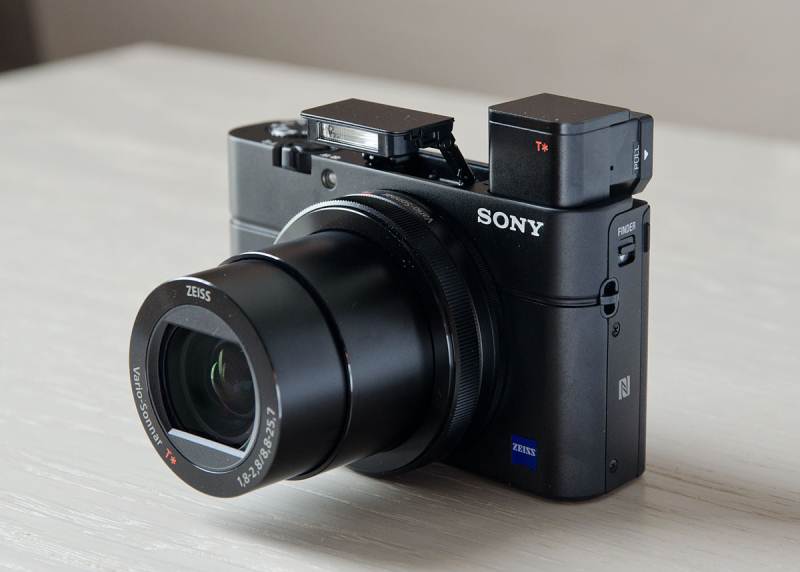
Display Sony Cyber-shot RX100 III
But if someone does not like electronic viewfinders can crop on the LCD screen. Did not change its parameters (3 inch, 1 228 000 points), but now it can be tilted upward 180 degrees. What’s interesting, when you open the screen automatically switches to 3-second self-timer, so that the photographer has time to compose the perfect selfie.
The cavity in the menu may result in the discovery of another small, but nevertheless significant changes. For example, the high ISO noise reduction menu has become possible to completely disable this feature. Another minor change is the emergence of a “very high” quality JPEG file. RX100 III, as version II, is of course Wi-Fi with NFC, but it is the first model in the series, which cooperates with the service PlayMemories Camera Apps. This allows users to install a number of paid and free applications to extend your camera.
Changes included a movie mode. He appeared promoted by Sony, the new codec XAVC S, which allows you to record movies with bit rate up to 50 Mbps (maximum in AVCHD is 28 Mbps). Less compression means behavior more details. The 720p HD camera can also record videos at 100 frames / s, which allows you to achieve the effect of slow-motion. In addition, at any time, you can use an external recorder – RX100 III releases uncompressed video signal to the HDMI terminal.
Verdict Sony Cyber-shot RX100 III
In conclusion we may say that Sony actually listens to its users and does not obscure the simple, universal excuse “can not”. Japanese choose the hard way (which sometimes turns out to be a dead end), but as a result of their equipment makes you fun. After less than two days of use, the Sony Cyber-shot RX100 III appears to be a very good camera with few weaknesses (eg, very powerful battery). We are very curious, as falls in our full test procedure.
Read another very interesting article about alternative energy of the Sun, water and air.

